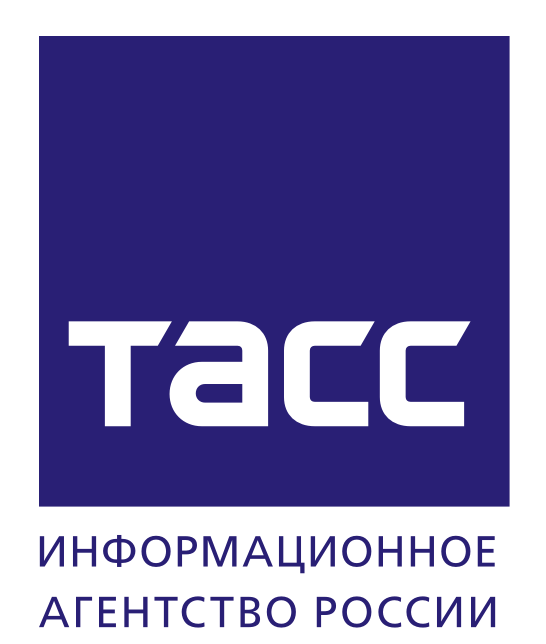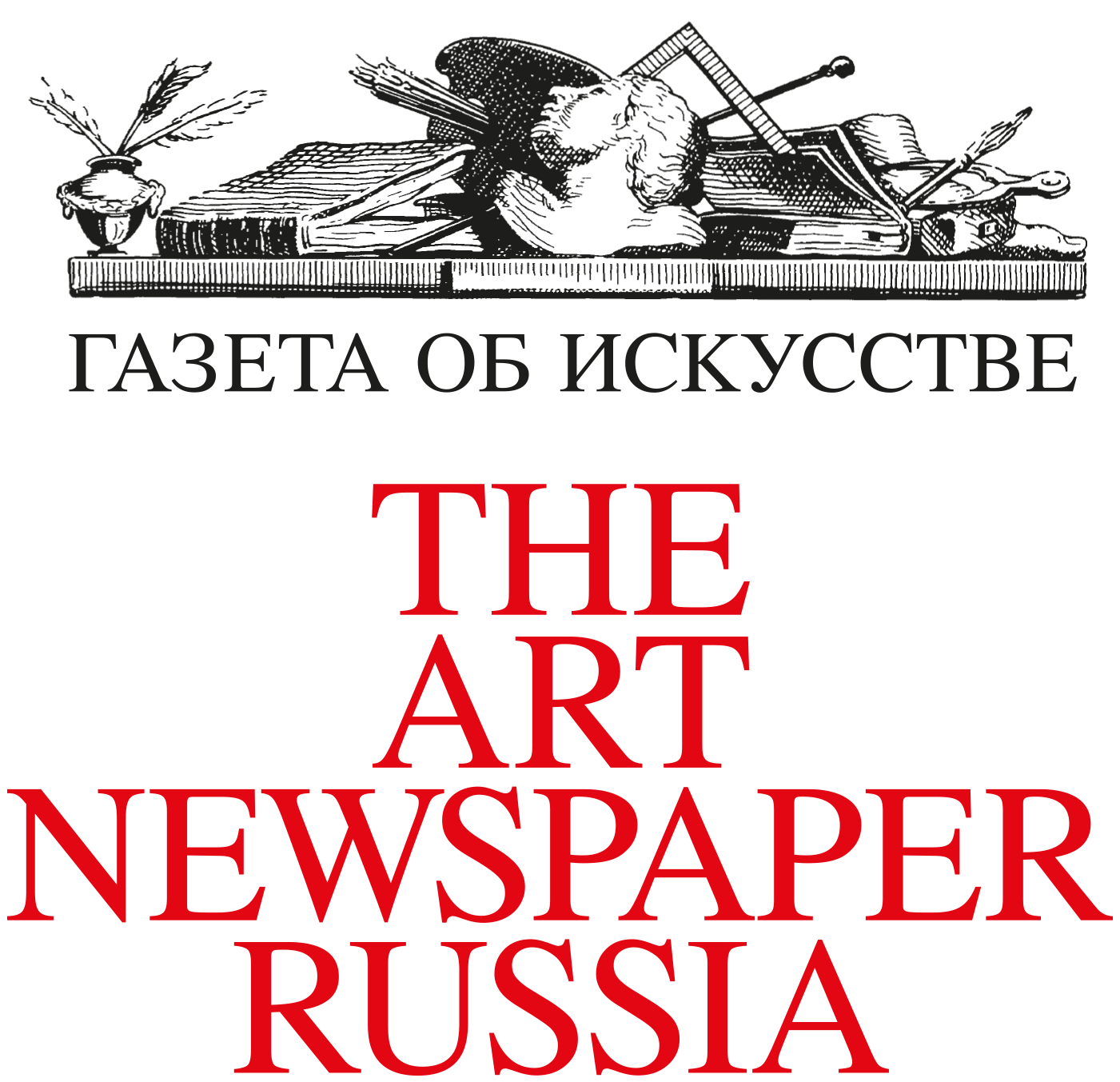- 美術館の歴史
- Buildings
- Museum Quarter
- Departments
- Branches
- Administration
- Support us
- Documents
- Activity
- General Information
- Contacts
- Vacancies
- 国立A.S.プーシキン造形美術館公式サイト掲載資料および画像の使用規約
- 来場者向け
- Tickets & Privileges
- Buildings & Opening hours
- 来場者向け
- Rules & Recommendations
- Accessible Museum
- Books and souvenirs
- Virtual Pushkin Museum
- Electronic collections
- Accessibility
- Satellite websites
- Museum on other web sites
- Video channel
- Podcasts
- オーディオガイド
- Games and quiz
- 3D-reconstruction and modeling
- Virtual Exhibitions in Navigator4D format
- Smart Museum 3D
- Pushkin Museum XXI
- Контексты. Фотографы о себе и фотографии
- 注目
- 美術館
- 来場者向け
- 企画展とイベント
- 所蔵品
-
媒体
- Virtual Pushkin Museum
- Electronic collections
- Accessibility
- Satellite websites
- Museum on other web sites
- Video channel
- Podcasts
- オーディオガイド
- Games and quiz
- 3D-reconstruction and modeling
- Virtual Exhibitions in Navigator4D format
- Smart Museum 3D
- Pushkin Museum XXI
- Контексты. Фотографы о себе и фотографии
- Education & Science
Large font • contrasting colors • no pictures
© 年.プーシキン名称国立美術館


















